Ideas come and go. Sometimes you can feel overwhelmed with possibilities, other times ideas can be a very scarce commodity. I often hear from people who are trying to stretch their artistic skills that they want to do things, but they don’t have any ideas to work on. It can be hard to keep ideas around for when you need them.
Ideas can strike at a moments notice, and come from anywhere, and is hard to relocate afterwards. – just try Googling for “that light that inspired me in the park last month” and see how far that gets you. Often the things in the world that spark our imaginations are fleeting and hard to locate afterwards. Clearly recording inspiration takes a bit more work.
This post is about the method I use to overcome this issue. It is not the only way to do it, but it is my way, and hopefully will help you get started storing your own ideas.
It all starts with ideas from an ancient civilization.
A Bit Of History
If you watched the modern BBC version of Sherlock Holmes, starring Benedict Cumberbatch, you may recall Sherlocks use of a mind palace. It is a technique he employed when he needed to recall an obscure detail from his memory. This is actually a technique invented by the ancient Greeks as a way to remember details, like ideas for speeches or philosophical arguments, in a time when writing things down was inconvenient and very expensive.
I don’t know about you, but I tend to lack the mental discipline to train my brain to be able to recall obscure pieces of information at a moment’s notice. Luckily I live in the age of cloud computing, so I can substitute my own memory for one stored on the Internet (yay for modern geekdom!)
The Method to The Madness
The concept is simple. You can use any storage you want – Dropbox, Google Drive, OneDrive, a personal NAS, whatever. The important thing is that the folder is available from any computer, phone, or tablet you use on a regular basis. In my case I use Google Drive.
As I go about my daily life, if I see something that catches my eye from an artistic way and makes me say “hey, that would be the basis of a great photo!” I grab a photo (download, or use the camera phone) and store it in my ideas folder. Then I forget about it, and keep going about my business. This often takes only a few seconds.
Whenever I feel like being creative, but don’t have an idea handy, I grab a minifig or action figure (or two), then look thru my ideas folder and see what may fit. Often I come up with a few ideas I can then implement.
For example, when I was doing the review for the LEGO Slave 1 model, I wanted to take a good shot of the Boba Fett minifig, I went thru my folder, found a movie poster of The Punisher movie (left), and came up with the following shot (right).
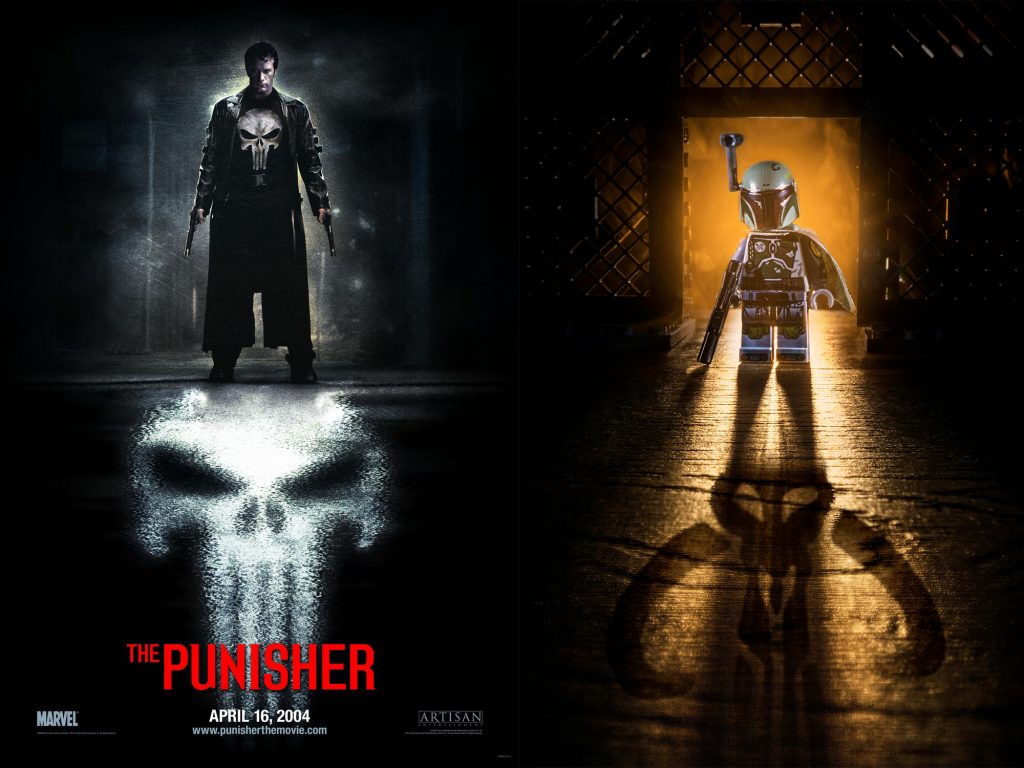
Punisher Movie Poster that inspired a Boba Fett image.
Handy, right?
What Goes In My Ideas Folder?
So what goes into my inspiration collection? The answer, in short, is anything that catches my interest, photos mostly. Things that in the moment make me think “that would be the basis of a cool shot!”. What catches my eye can be anything: the way the light is used in a photo, the expressions, the processing style, the gesture of the model, the theme of a painting, the energy of a movie scene. Anything, really.
Some things currently in my own ideas folder are:
- Screen capture from the music video for the Sound Of Silence cover by the band Disturbed
- Photo of a painting hanging in the local coffee shop of a girl lost in the woods
- Movie poster for Lord Of The Rings: Fellowship Of The Ring of Gandalf walking down a pathway
- Photo of the artwork on a t-shirt a co-worker was wearing in the breakfast line one day
- Photos from the last eclipse – good background for a future shot
- Snapshot of some artwork in a book I was browsing in Barnes and Noble – kept for the concept
- Screenshot of animals at sunset from BBC Earth – amazing light, dramatic gestures
- Multiple fan artwork from the Star Wars and Batman universes.
- A screenshot of an alien abduction scene on X-Files – mostly for the amazing light
- Etc.As you can see, the breadth of ideas in my folder are wide and varied.
Some More Examples
My ideas folder has paid off time and time again. For example, many years ago I found this image of an elephant somewhere out on the Internet:

Elephant charging (not my image)
I really liked the intensity of the animal and the dust cloud, so I squirreled it away in my ideas folder.
Several years later I purchased a LEGO AT-AT. When I looked back through my ideas folder I rediscovered the elephant. Shortly thereafter I was inspired with the idea for this shot:

AT-AT at sunset
Sometimes multiple ideas images come together to inspire a new image. I stored these Deadpool images in my ideas folder:

Two deadpool images: Deadpool 2 promotional material, and a Marvel comic book cover.
Which, combined, lead to the inspiration for this image:
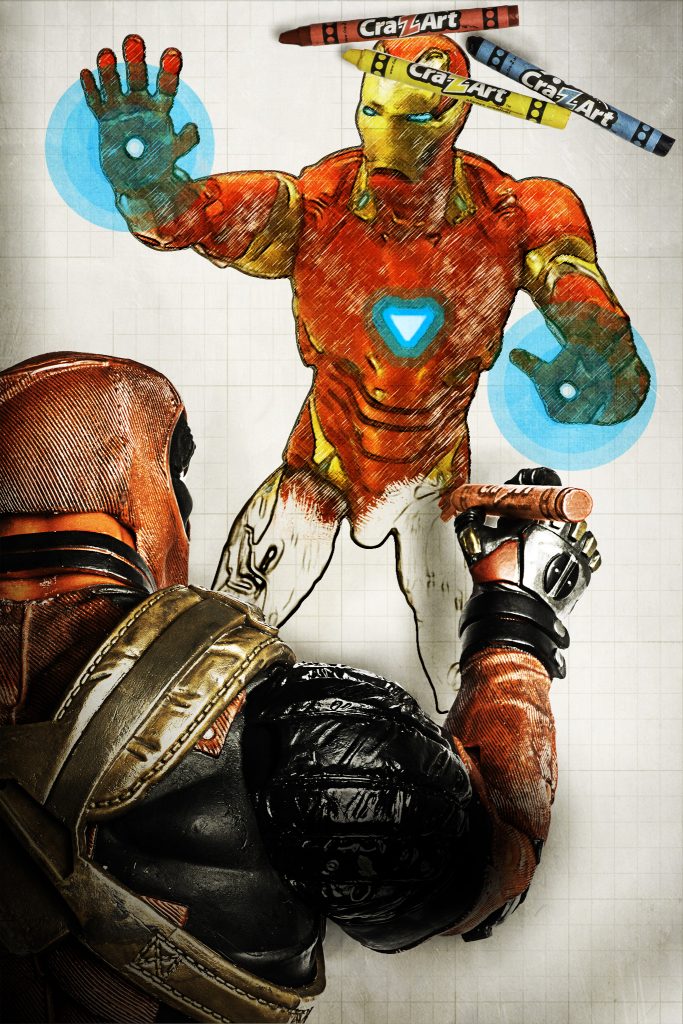
Deadpool drawing Iron Man.
Things that go into my ideas folder do not have to start off as visual inspiration. One time I was watching the BBC show Big Fat Quiz Of The Year. One of the questions brought out the fact that David Tennant once did Hamlet using a real human skull as Yorick. This fact piqued my interest. I didn’t have an image of this, therefore I did a quick internet search to find a photo of David Tennant doing Hamlet and saved it to my ideas folder.

Mandatory Credit: Photo by Donald Cooper / Rex Features (789012c David Tennant (Hamlet)
As a result, a few years later, that image led directly to the inspiration for this image:

Terminator examines the meaning of life while re-enacting the Alas Poor Yorick scene from Hamlet
Conclusion
I have found currating my ideas and storing them in an ideas folder is a handy way to get inspiration when I need it, and to keep creating. There are many ways to implement an ideas folder, but this way works for me.
I highly recommend trying out this method, then adapting it for your own needs.
If you already keep a record of your ideas, tell me about them in the comments below. I would love to get some more tips on how others do it.
[Dave]
If you’ve made it this far, come continue the discussion over at our G+ community! While you’re at it, subscribe to our weekly email round up so that you never miss a post, and find previous episodes of the podcast!



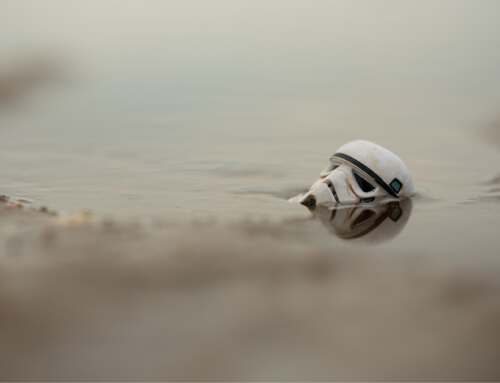
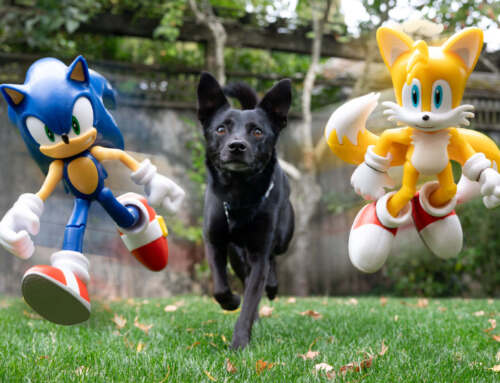

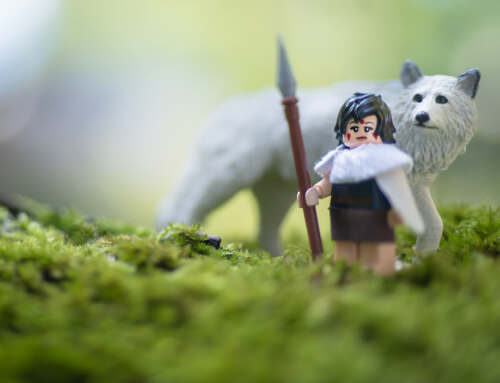
Wow, You have so many ways of getting an inspiration! Most of my ideas goes the exact opposite way, from my head. Maybe that’s why I don’t have plenty of them. In my case an idea appears and then I’m looking for the way to take a photo. Of course there are things from the “outside” that inspire me , for example challenges or hashtags, but most of my ideas are forged in toil in my neurons.
Your take, with keeping interesting images, not only words seems to be great, nomen omen, idea! In my case these are mostly words, quotes and these bloody puns! 😉
Thank You Dave for this inspirational post!
Thanks for the comment Tomasz
If you are inspired by #hastags, words, and quotes, I wonder if keeping a spreadsheet or text document in the cloud of those things that inspire you would be beneficial. See a word, or have a thought that tickles your fancy, but don’t have time to shoot it right now, add it to the spreadsheet of ideas for later perusal. Just a thought 🙂
Thanks again!
Great read, Dave. I like your idea of keeping pics. Myself, whenever I see a pic and have a sudden flash of inspiration, it would go straight to my notebook. Not the computer notebook , but the old school notebook. Analog for me! If I am outside it goes into a list of ideas on a note document on my phone. I have yet to get these printed out…Am always worried that going digital means losing ideas if technology fails us!
Thats interesting you keep a physical notebook as you don’t trust the computer. I’ve occasionally written down ideas, but I always do it on the computer (Google docs so it is in the cloud) cause I don’t trust a notebook will survive being carried in my pocket 🙂
Great addition to the Foundation series, Dave! There are times when I have a TON of ideas and not enough time to photograph them all, and then other times when I have time to shoot and find myself feeling dry. An idea folder is a great tool.
I currently have two things I use for this purpose: Google Keep and Instagram’s Collections (“Saved”) tool.
Google Keep is like Evernote — you can save notes as text or use a photo with text attached or whatever. I usually use it when I have an idea that I want to describe in words.
Whenever I come across a photo on Instagram that sparks an idea, I’ll save it to a Collection called — wait for it — “Ideas”. Every so often when I have time to build Legos, I scroll through it and pick something to work on. (It tends to be stuff that requires a bit of building to create.)
Interesting strategies Teddi. I didn’t know Instagram had a Collections tool. I’ll have to check that out.
Dave this is a great post! Thank you for sharing your workflow. I think I would be wise to start this habit. Unlike Sunny I’m not very analog. I admire creatives that can draw out their ideas and implement them; I think your idea fits my style more. Between your creative wisdom and Teddi’s handy hint for the saved function on IG, I will be able to start my own ideas file. Thanks again for sharing your wisdom!
Awesome, Shelly 🙂
Big thanks dear Dave for this great and inspiring post. Sooooo interesting to read how you work!!! And I‘m sure I‘ll try this too ??????
I‘ve so many ideas and usually I sketch my ideas. For this I use the App PAPER ?❤️? I‘m not a good illustrator but good enough to remember my idea.
Thanks a lot Dave for sharing this and many greetings from Germany ?? Astrid
Thanks Astrid 🙂
Sketching ideas is something I resisted because my drawing skills are not good. Maybe I’ll give it another try.
Cheers!
Great article Dave!
I currently only write down ideas in Google Keep, but your method of storing interesting images is a great idea. I’ll give this a try.
Hey Wade!
Let me know how it works out for you.